How AI Can Transform Personalization in 2025
Personalization has become a cornerstone of customer experience, extending far beyond simply addressing someone by name.
Today’s consumers expect interactions that feel tailored to them, and over three-quarters report frustration when companies fail to meet their expectations. Achieving this requires every touchpoint – digital or physical – to communicate directly with the individual, a challenge that can be overwhelming at scale.
AI is now making this level of personalization achievable, with over 9 in 10 (92%) organizations exploring its potential to connect customers with precisely what they want, drive purchases, and accelerate growth. Understanding how to harness AI effectively could be the key to staying ahead of the competition, and in the sections ahead, we’ll show exactly how.
What Is AI Personalization?
AI personalization is the practice of using artificial intelligence to tailor experiences, messaging, and recommendations to individual users.
By analyzing a customer’s demographic information, past behavior, browsing history, purchase patterns, and even social media interactions, AI can predict what each person may be interested in, where they want to engage, and what the next best touchpoint in their journey should be.
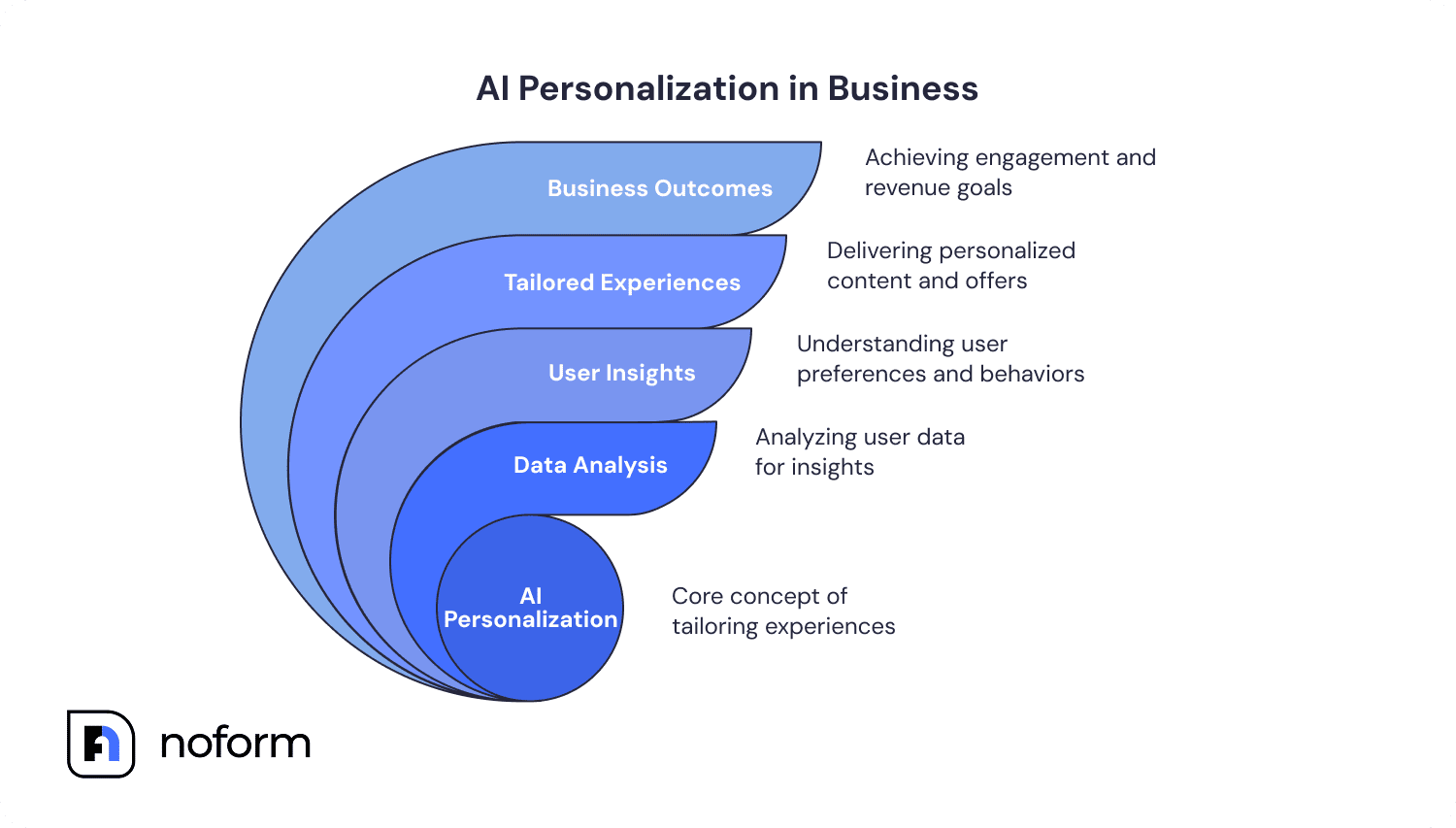
This capability allows businesses to deliver more relevant content, optimize campaigns, and maximize engagement across channels. For example, an e-commerce website might show a “customers also bought” section to encourage additional purchases, or a brand may send a targeted email about a winter clothing sale to customers in colder regions.
What Is Hyper-Personalization?
Hyper-personalization takes AI personalization a step further by creating one-to-one interactions that feel truly custom for each individual. While AI personalization adapts to groups or segments, hyper-personalization utilizes real-time data and advanced analytics to craft messages, content, offers, and product recommendations tailored to a single customer at a specific moment – much like how a customer acquisition chatbot engages each visitor in a personalized conversation, adapting its responses and offers based on the user’s behavior and intent in real time.
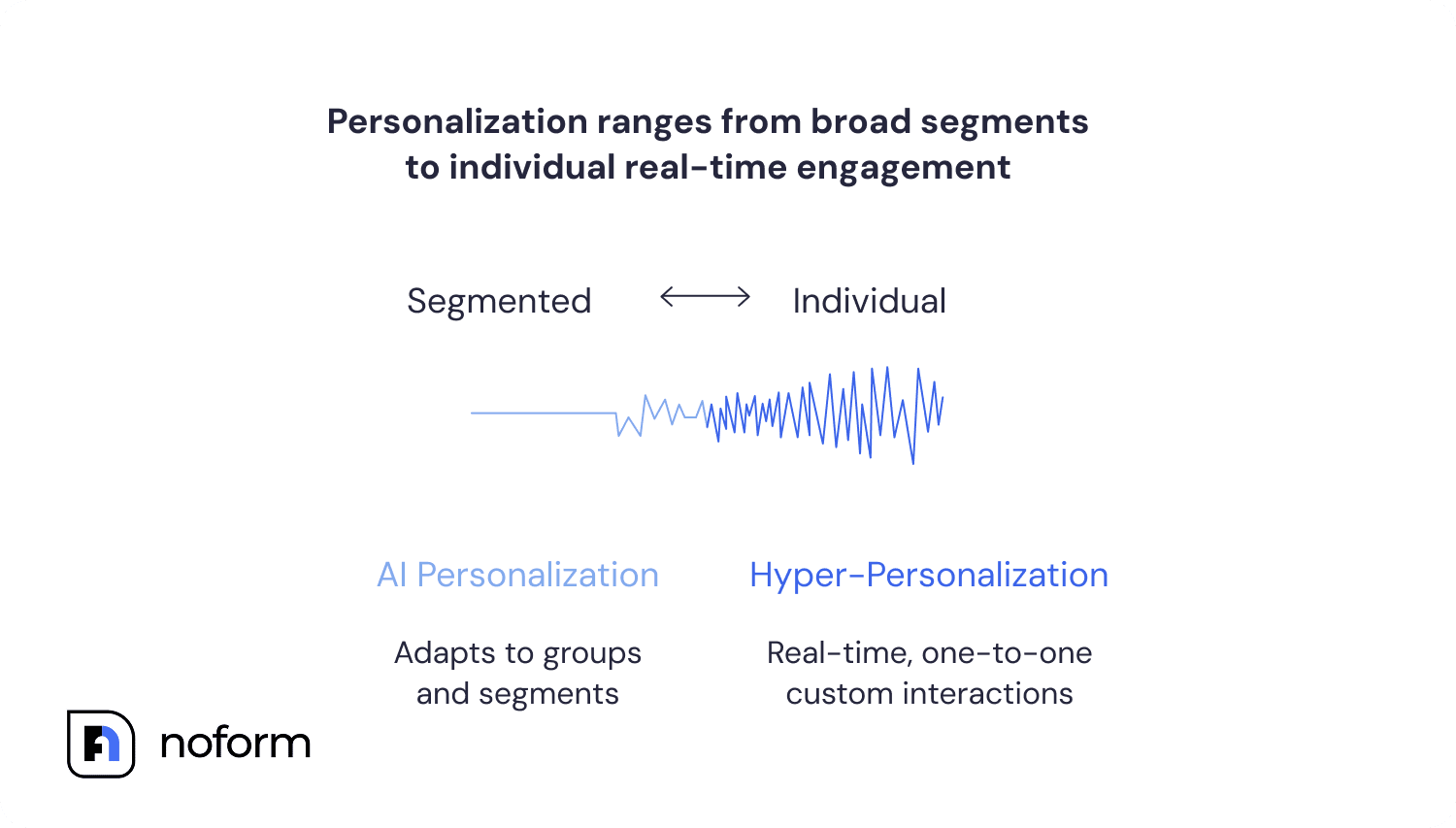
For instance, a streaming service might suggest a new show exactly when a user finishes binge-watching a similar series, or a retailer could send an exclusive discount on a product a shopper frequently browses.
According to McKinsey, fast-growing organizations generate 40% more revenue from hyper-personalization compared to their slower-growing competitors, demonstrating that tailoring experiences with precision can have a dramatic impact on results.
Key Difference: AI personalization customizes experiences based on patterns and segments, while hyper-personalization focuses on individualized, real-time engagement. Both aim to make interactions more relevant, but hyper-personalization delivers the closest experience to one-to-one human understanding.
How AI Can Help With Personalization?
AI-driven personalization allows businesses to deliver experiences that feel uniquely tailored to each user, helping brands stand out, build loyalty, and attract new customers. By analyzing user data, from browsing behavior and purchase history to engagement patterns and social interactions,мAI can anticipate needs, recommend products or content, and interact with users at every touchpoint in their journey.
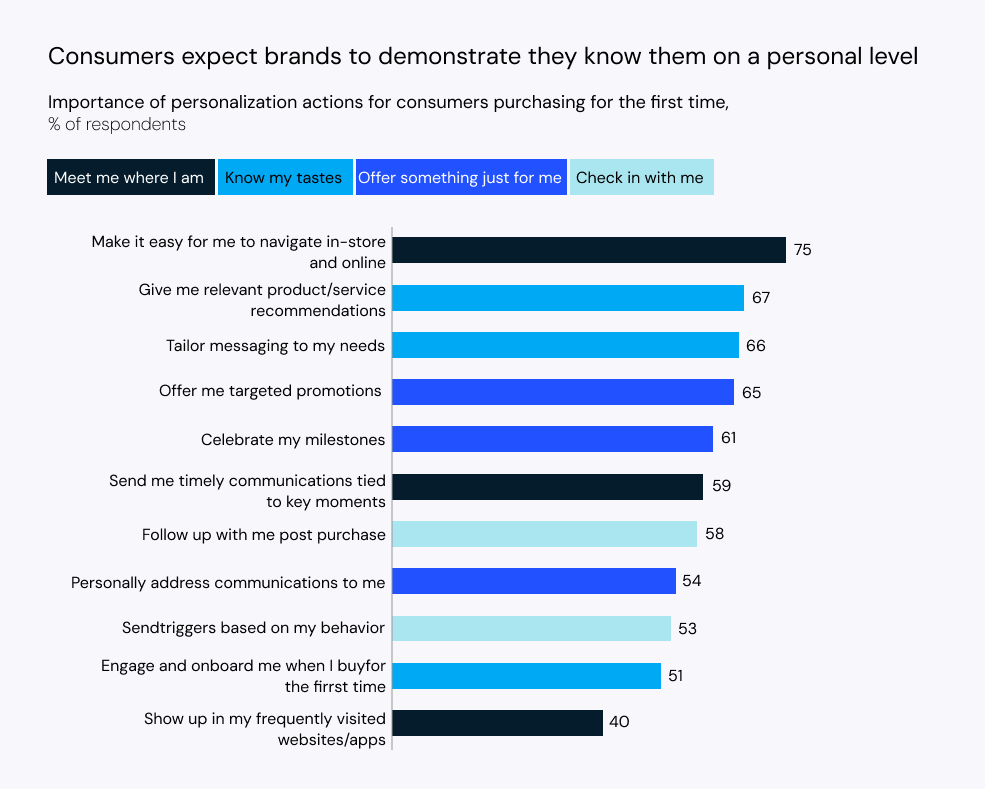
75% of shoppers expect businesses to recognize them as individuals and know their interests. Personalization, like post-purchase check-ins, how-to videos, or review requests, creates positive experiences, especially for first-time buyers.
When done effectively, AI personalization not only improves customer satisfaction but also drives measurable business results:
- Dynamic customer experiences: Tailored interactions enhance satisfaction and loyalty, creating contextually relevant experiences that foster long-term relationships.
- Increased engagement: Personalized content keeps users interested and engaged by providing information they actually need.
- Higher conversion rates: Relevant recommendations and targeted offers increase the likelihood of purchases, boosting sales.
- Time-saving and convenience: AI anticipates user needs and delivers relevant solutions automatically, saving time for both customers and marketers.
- Real-time interactions: Businesses can engage with users instantly, responding to behavior as it happens to maintain interest and motivation.
- Cost savings: Automation enables companies to execute large-scale marketing campaigns efficiently, thereby reducing the resources spent on manual personalization. Some programs have reduced customer acquisition costs by as much as 50%.
- Data-driven decision-making: Insights from AI allow businesses to understand current and future customer behavior, identify high-value users, and optimize strategies intelligently.
Top AI Personalization Use Cases
AI personalization can be applied across multiple touchpoints to optimize user interactions and business outcomes. From chatbots that provide real-time support to algorithms that recommend products or tailor content, these technologies leverage behavioral data, purchase history, and engagement patterns to make every interaction more relevant and personalized.
AI-Powered Chatbots
AI-powered chatbots, like those created with NoForm, go beyond traditional rule-based bots by understanding customer queries, recalling past interactions, and providing personalized responses in real time.
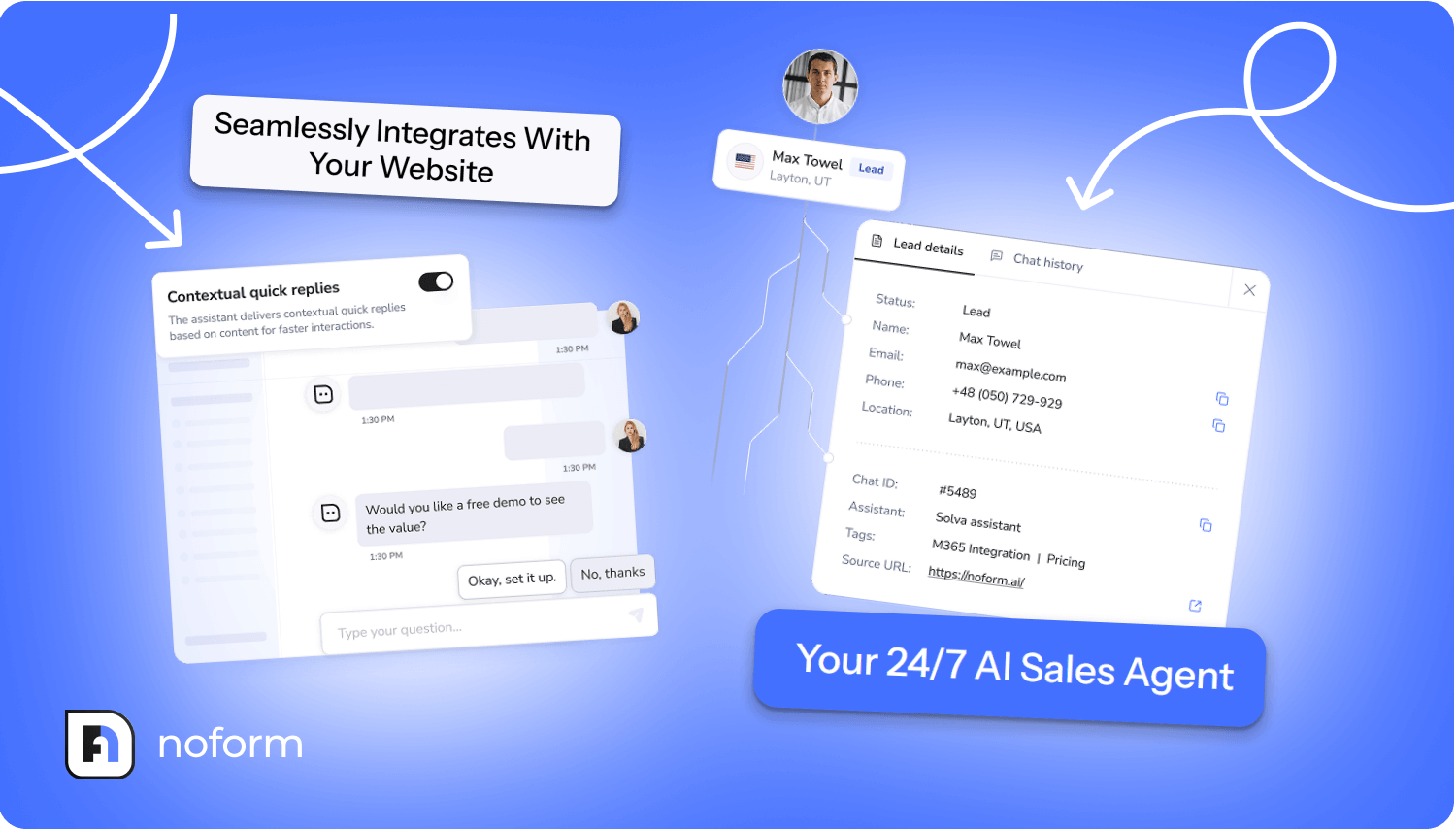
These virtual assistants act as guides, helping users find the right content or products, answer questions, and engage with the brand. For example, Dog Gone Taxi, a pet transport company, implemented NoForm AI to handle quote requests. The chatbot collects key details conversationally, such as pet breed, travel route, and customer preferences. This approach reduced friction, saved time, and led to a 37% increase in leads with over 3,000 automated customer interactions.
Personalized Product Recommendations
AI analyzes user behavior, browsing history, and purchase patterns to deliver relevant product suggestions. Cheqmark uses AI to suggest checklist templates that match each visitor’s goals. Instead of browsing through multiple pages, users get instant, relevant recommendations. This personalization led to a 200% increase in conversions on key template pages and 38.8% more interactions with their gallery, making it faster and easier for users to find what they need.
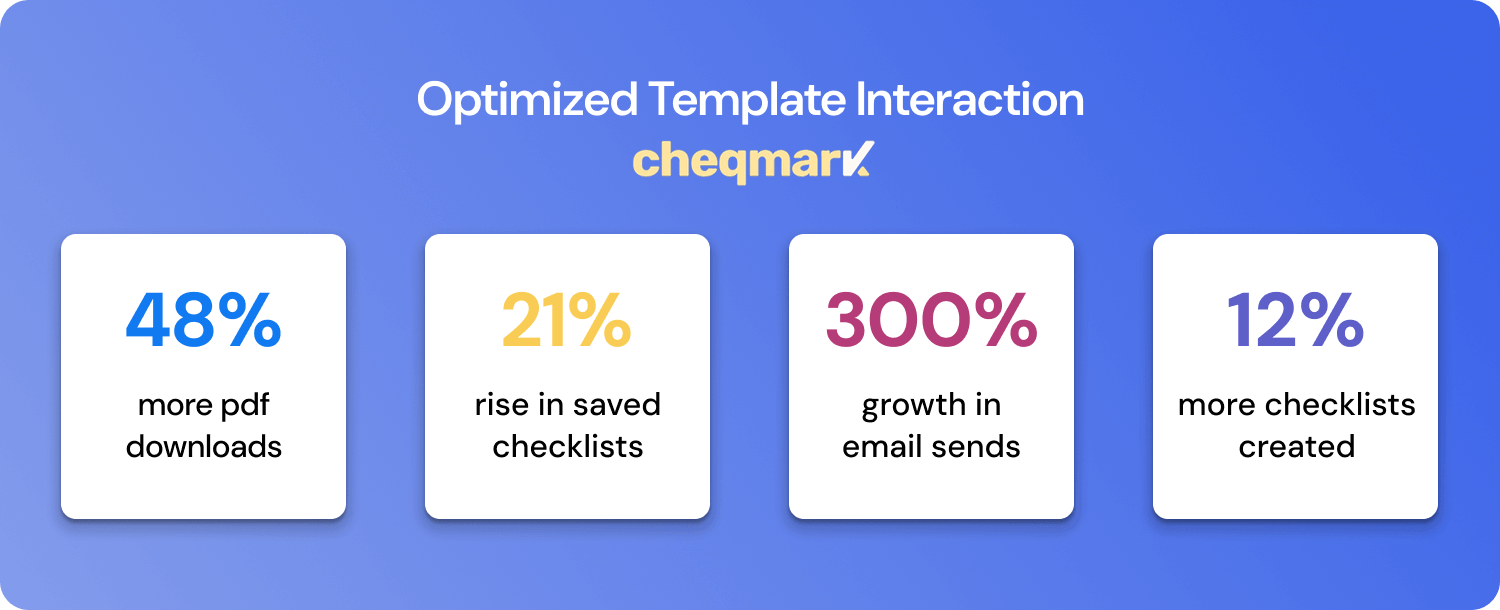
By presenting the right products at the right time, AI helps users discover what they want faster and drives higher conversions.
Personalized Content (Email, Website, etc.)
AI personalization enables brands to tailor content across multiple touchpoints, allowing for a more personalized experience. Websites can display products or articles based on user behavior, while emails can adapt messages according to individual interactions. For example, Cheqmark utilizes AI to guide each visitor to the checklist templates that best align with their goals, enabling them to quickly find the right resources without manual searching.
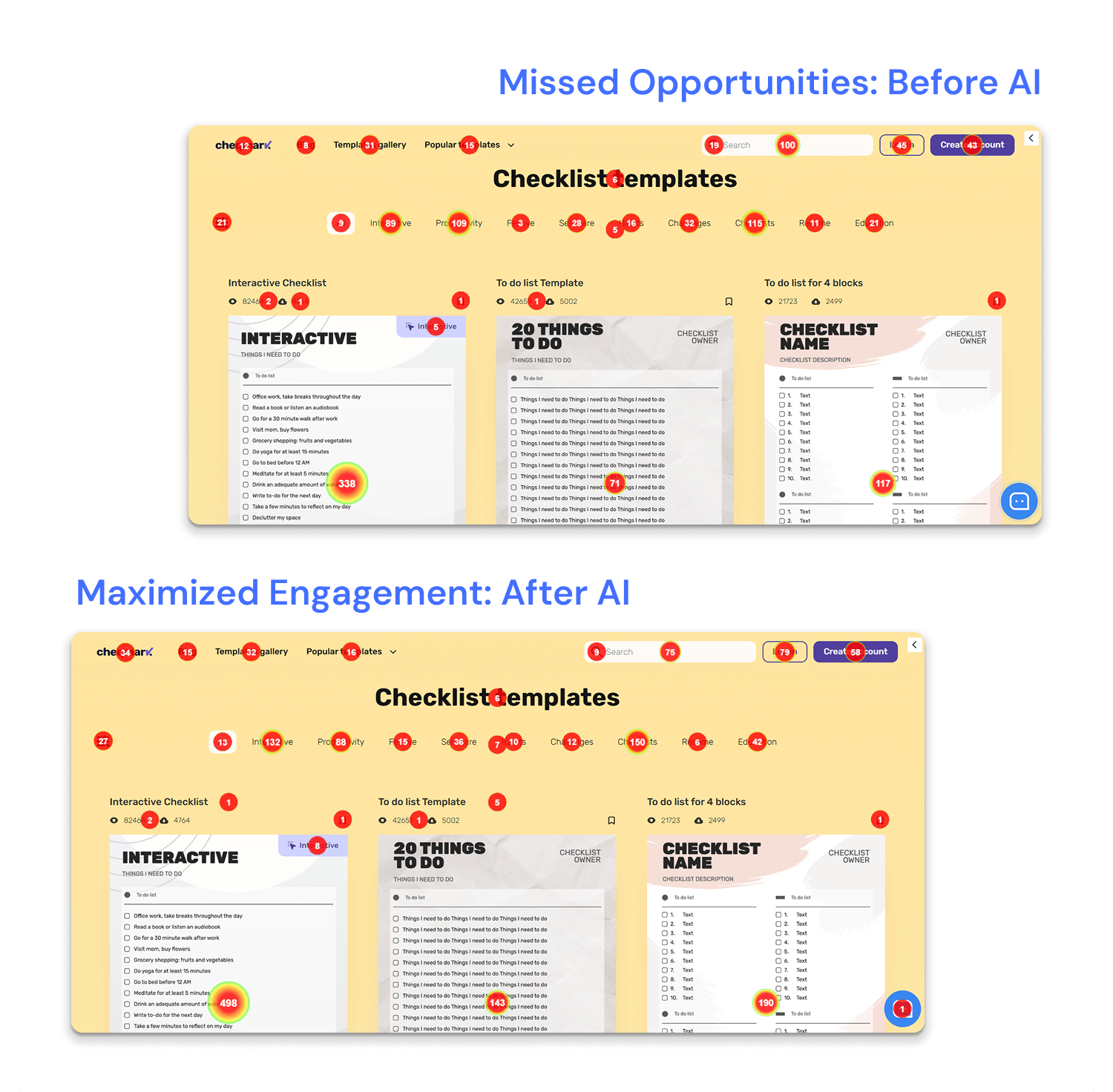
For example, tools like MySignature allow teams to create polished, AI-enhanced email signatures that automatically adjust layouts, styling, and branding elements, ensuring every email feels personalized and cohesive.
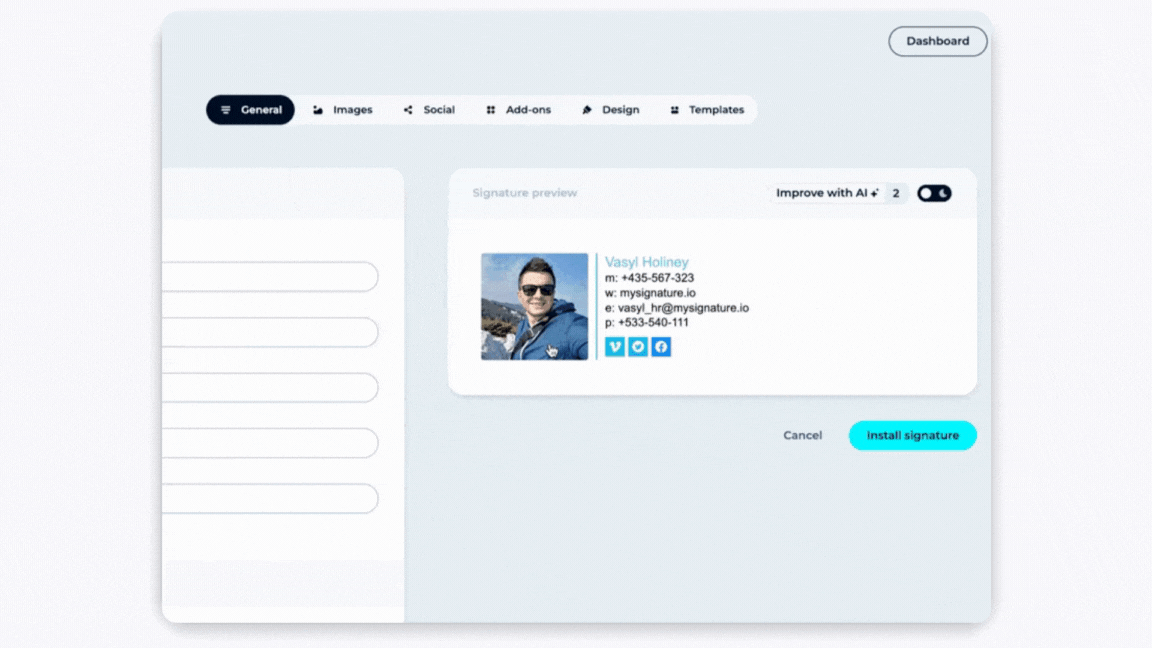
The Content Toolkit helps brands write content that matches their style and audience interests, suggesting topics, generating outlines, and even helping with SEO. These tools make it easier for brands to create content that feels personal and engaging for each user.
Personalized Ad Targeting
AI enhances advertising by utilizing demographic and behavioral data to deliver highly relevant campaigns in real-time. Tools like Brand24 make this even smarter by tracking online mentions and sentiment, so your ads respond to real-time trends and audience reactions. Personalized ads cut through the noise and connect with users on a more meaningful level, increasing engagement and driving results.
Top AI Tools to Personalize User Experiences
Kickstart your AI personalization toolkit with tools that capture leads, strengthen your email branding, optimize content, and monitor your online presence, helping you deliver tailored experiences and actionable insights at every touchpoint.
1. NoForm
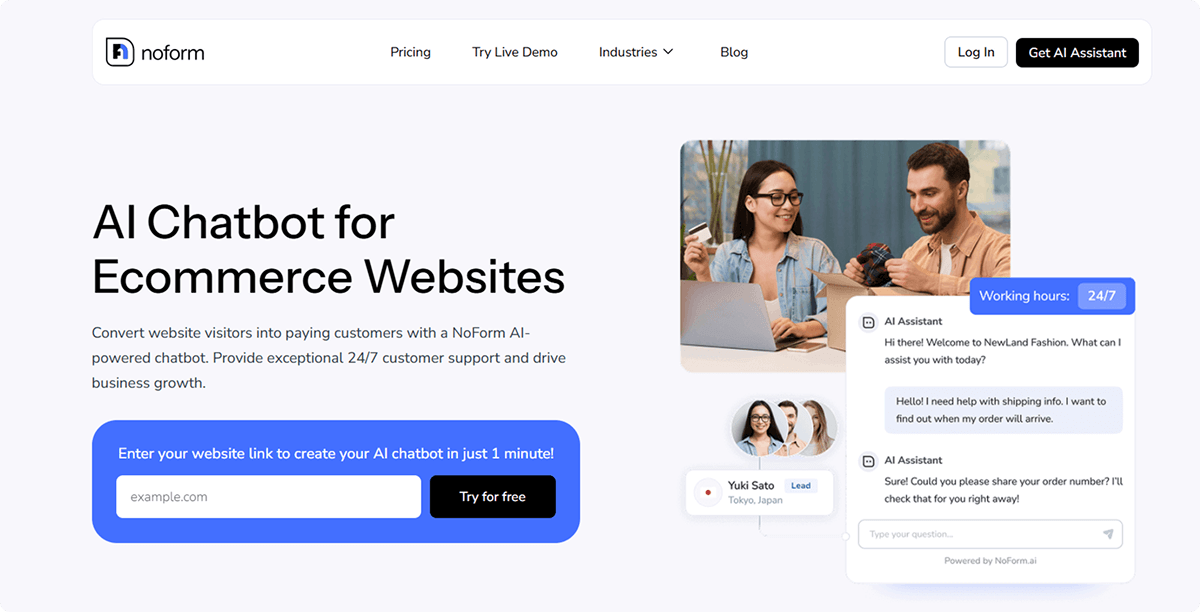
Purpose: Automate pre-sales support, capture qualified leads, and gain actionable customer insights.
NoForm uses AI to interact with website visitors 24/7, delivering instant answers and capturing leads before they slip away. It automatically qualifies prospects based on your criteria, allowing your team to focus on high-potential opportunities. By analyzing conversations, NoForm uncovers customer needs and pain points, enabling you to refine your marketing, enhance user experience, and increase conversions – all while providing a human-like, personalized interaction at scale.
2. MySignature
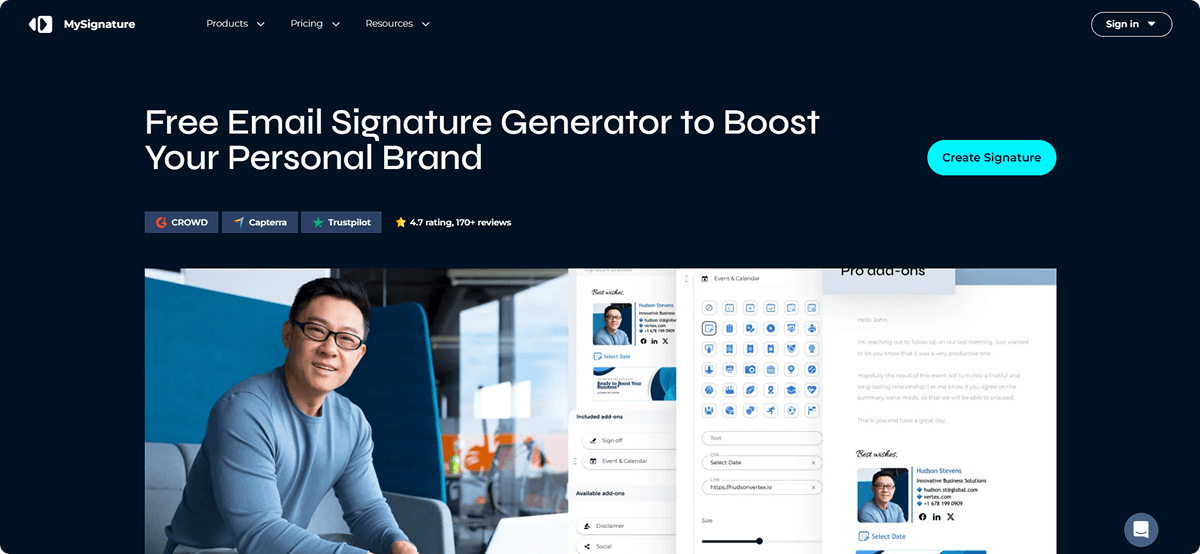
Purpose: Ensure that every email consistently and professionally represents your brand.
MySignature allows you to quickly create polished, AI-enhanced email signatures for yourself or your team. Its AI feature helps automatically adjust layouts, styling, and branding elements, ensuring every email feels personalized and cohesive. By saving time on design and maintaining brand consistency, MySignature strengthens your professional presence in every email interaction.
3. Content Toolkit

Purpose: Create and optimize content tailored to your audience and brand voice.
The Content Toolkit (formerly ContentShake AI) combines AI with SEO insights from Semrush to help you produce high-quality, audience-focused content. It suggests trending topics, generates SEO-friendly outlines, and assists in drafting articles in multiple languages. The tool can also personalize content to match your brand’s tone and style, making it more engaging for your target audience.
4. Brand24
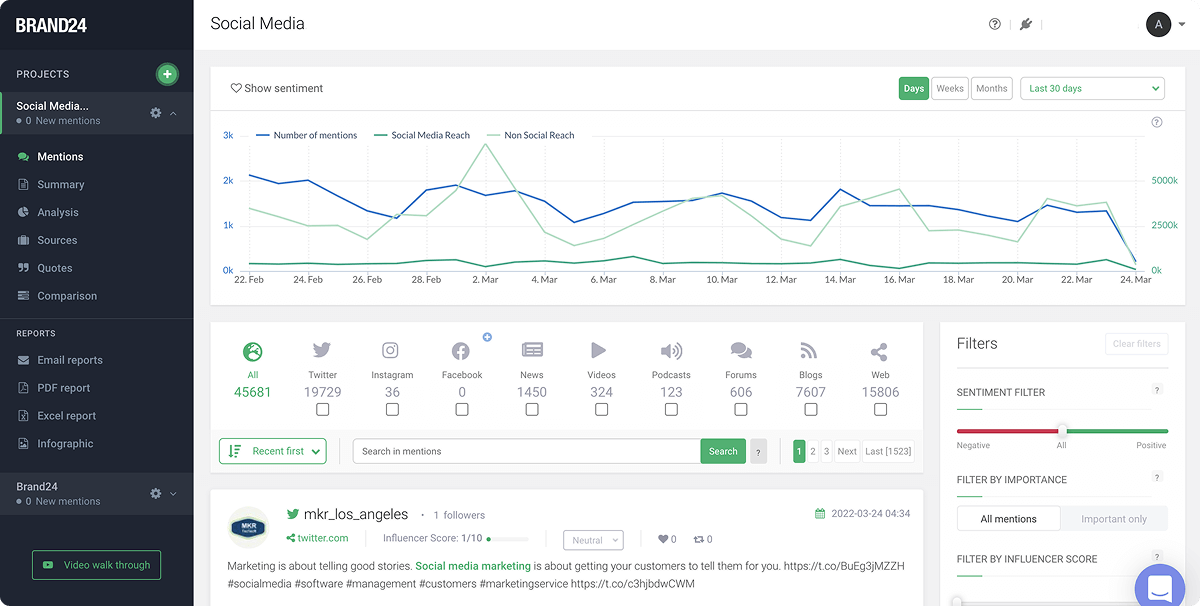
Purpose: Track your online presence and respond to your audience in a timely, personalized way.
Brand24 uses AI to monitor mentions of your brand across social media, blogs, forums, and news sites. Its sentiment analysis categorizes mentions and identifies emotions, helping you respond to feedback quickly and personally. By identifying trends and analyzing audience reactions, Brand24 enables you to tailor your communication strategy and enhance customer loyalty.
Tips for Using AI in Personalization
AI won’t create personalized experiences for your users on its own, but it can make the process faster, smarter, and more effective when used correctly. Here’s how to leverage AI personalization without losing the human insight that makes your interactions truly meaningful.
Keep Your Brand Voice Intact
AI can generate content quickly, but your brand identity must stay consistent.

Teach your brand guidelines to AI and establish a human review process to ensure that every message reflects your tone and style. This maintains authenticity in communications and prevents AI from producing off-brand content.
Build on a Strong Data Foundation
Personalization only works if the data driving it is reliable and complete. Focus on:
- Capturing insights from user behavior, purchase history, and engagement patterns
- Integrating third-party data when relevant
- Regularly auditing and cleaning datasets to ensure AI recommendations are accurate
Maintain Transparency and Trust
Consumers value personalization but are wary of data misuse. Clearly communicate how data is collected, stored, and used. Implement strong security protocols and comply with regulations such as GDPR or CCPA. Allowing users to control their personalization settings strengthens trust and encourages engagement.
Plan for Scalable Value
AI is most effective when tied to business objectives. Standardize content workflows using digital asset management for easy tracking, reviewing, and repurposing. Align personalization strategies with measurable goals, such as boosting conversions, retention, or upsells, and continuously optimize campaigns using engagement metrics and customer feedback.
Conclusion
AI has moved beyond efficiency — it’s now the engine behind one-to-one customer experiences. From chatbots and personalized ads to adaptive content and real-time recommendations, it helps businesses scale personalization while maintaining a human touch. The winners in 2025 won’t use AI as a shortcut but as a partner, combining data, creativity, and strategy to deliver truly tailored experiences.
If you’re ready to explore how AI personalization can work in practice, start with tools that make an immediate impact. NoForm AI, for instance, helps capture and qualify leads 24/7, delivering instant, personalized conversations that turn visitors into customers. Book a demo or try it for yourself to see how it can power your personalization strategy.

